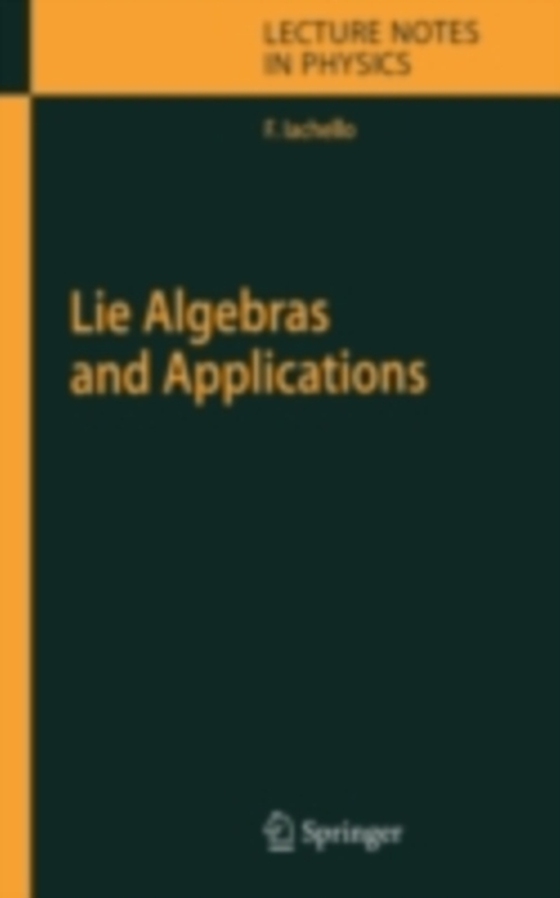
Lie Algebras and Applications e-bog
583,01 DKK
(inkl. moms 728,76 DKK)
In the second part of the 20th century, algebraic methods have emerged as a powerful tool to study theories of physical phenomena, especially those of quantal systems. The framework of Lie algebras, initially introduced by - phus Lie in the last part of the 19th century, has been considerably expanded to include graded Lie algebras, in?nite-dimensional Lie algebras, and other algebraic construc...
E-bog
583,01 DKK
Forlag
Springer
Udgivet
22 februar 2007
Genrer
PBG
Sprog
English
Format
pdf
Beskyttelse
LCP
ISBN
9783540362395
In the second part of the 20th century, algebraic methods have emerged as a powerful tool to study theories of physical phenomena, especially those of quantal systems. The framework of Lie algebras, initially introduced by - phus Lie in the last part of the 19th century, has been considerably expanded to include graded Lie algebras, in?nite-dimensional Lie algebras, and other algebraic constructions. Algebras that were originally introduced to describe certainpropertiesofaphysicalsystem,inparticularbehaviorunderrotations and translations, have now taken center stage in the construction of physical theories. This book contains a set of notes from lectures given at Yale Univ- sity and other universities and laboratories in the last 20 years. The notes are intended to provide an introduction to Lie algebras at the level of a one-semester graduate course in physics. Lie algebras have been particularly useful in spectroscopy, where they were introduced by Eugene Wigner and Giulio Racah. Racah's lectures were given at Princeton University in 1951 (Group Theory and Spectroscopy) and they provided the impetus for the initial applications in atomic and nuclear physics. In the intervening years, many other applications have been made. This book contains a brief account of some of these applications to the ?elds of molecular, atomic, nuclear, and particle physics. The application of Lie algebraic methods in Physics is so wide that often students are overwhelmed by the sheer amount of material to absorb.
 Dansk
Dansk

